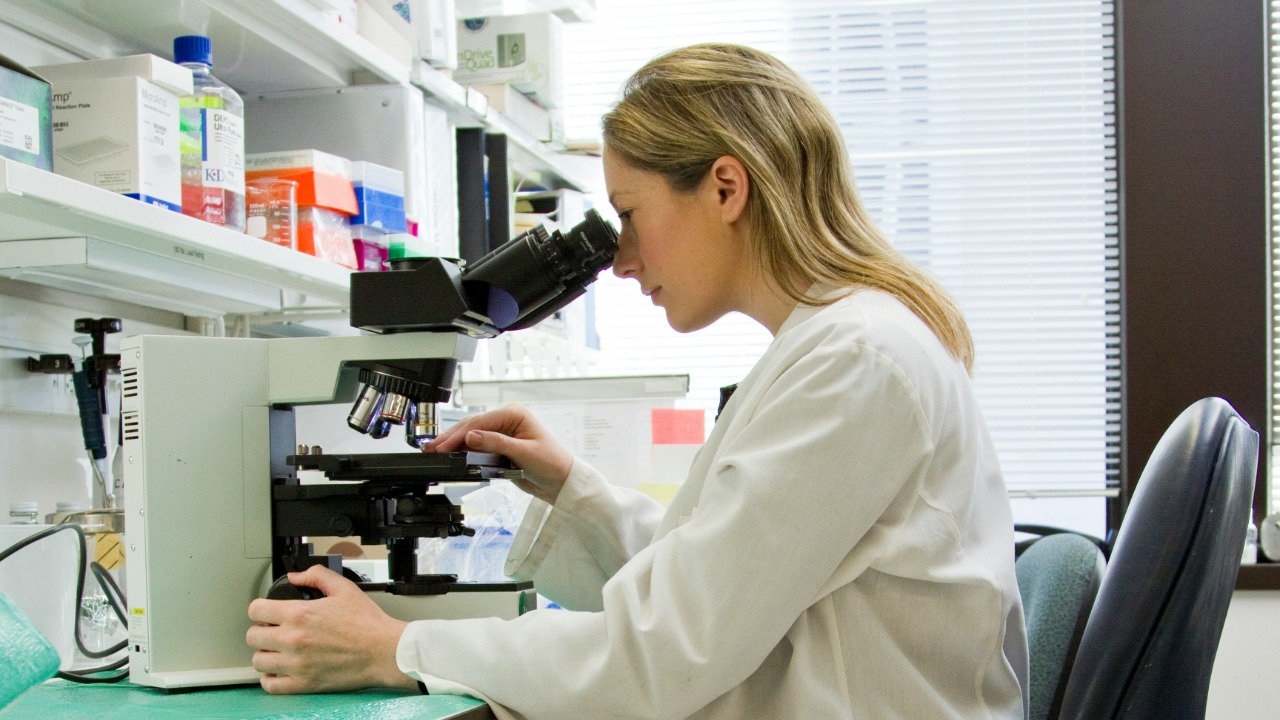
Scientists have made a groundbreaking advancement in sensor technology with the development of an injectable and self-healable glowing hydrogel that achieves ultra-sensitive detection of formaldehyde. This innovative material, reported on October 17, 2025, represents a significant leap forward in the field, offering new possibilities for environmental and industrial applications. The hydrogel’s unique properties, including its ability to glow in response to formaldehyde, make it a powerful tool for detecting this harmful chemical at low concentrations.
Hydrogel Composition and Design
The composition of this novel hydrogel is central to its functionality. It is crafted from a combination of polymers that provide both flexibility and resilience, allowing it to be injected into various environments without losing its structural integrity. The design incorporates a network of cross-linked polymers that enable the hydrogel to self-heal after being damaged, a feature that is crucial for maintaining its effectiveness over time. This self-healing property is achieved through dynamic covalent bonds that can reform after breaking, ensuring the hydrogel remains intact and functional even after repeated use.
One of the standout features of this hydrogel is its ability to glow, which is integrated into its design to provide a visual cue for the presence of formaldehyde. This glowing feature is achieved through the incorporation of luminescent materials that react with formaldehyde, producing a visible light signal. This not only enhances the hydrogel’s sensitivity but also makes it easier to detect formaldehyde without the need for complex instrumentation. The synthesis process involves carefully controlling the concentration of these luminescent materials to ensure that the hydrogel can detect even trace amounts of formaldehyde, making it an ultra-sensitive sensor.
Self-Healing and Injectable Capabilities
The self-healing mechanism of the hydrogel is a key innovation that sets it apart from other materials. When the hydrogel is damaged, the dynamic covalent bonds within its structure allow it to repair itself, restoring its original properties. This capability is particularly important for applications where the hydrogel may be subjected to physical stress or damage, as it ensures that the sensor remains operational and accurate over time. The ability to self-heal also reduces the need for frequent replacements, making the hydrogel a cost-effective solution for long-term monitoring.
In addition to its self-healing properties, the hydrogel is designed to be easily injectable, which expands its potential applications. The injectability of the hydrogel allows it to be deployed in a wide range of settings, from industrial sites to environmental monitoring locations. This feature is made possible by the hydrogel’s flexible and adaptable structure, which can be compressed and injected through a syringe or other delivery device. Once injected, the hydrogel quickly returns to its original form, ready to detect formaldehyde with high sensitivity.
Detection Mechanism for Formaldehyde
The hydrogel’s glowing response to formaldehyde is a critical aspect of its detection mechanism. When formaldehyde molecules come into contact with the hydrogel, they trigger a chemical reaction that causes the luminescent materials within the hydrogel to emit light. This glowing response is not only visually striking but also highly sensitive, allowing the hydrogel to detect formaldehyde at concentrations as low as a few parts per billion. This level of sensitivity is essential for applications where even small amounts of formaldehyde can pose a significant risk to health and safety.
The chemical interactions between the hydrogel and formaldehyde are carefully engineered to ensure a rapid and reliable detection signal. The luminescent materials are specifically chosen for their ability to react with formaldehyde, producing a strong and consistent light emission. This ensures that the hydrogel can provide accurate and timely information about the presence of formaldehyde, making it an invaluable tool for monitoring environments where this chemical is present. The sensitivity levels and response times of the hydrogel are key performance metrics that highlight its effectiveness as a sensor.
Potential Applications and Implications
The development of this injectable and self-healable glowing hydrogel opens up a wide range of potential applications, particularly in the field of environmental monitoring. Formaldehyde is a common pollutant found in many industrial and urban environments, and the ability to detect it with high sensitivity is crucial for protecting public health. The hydrogel’s unique properties make it well-suited for deployment in areas where traditional sensors may be impractical or ineffective, providing a new tool for monitoring air quality and ensuring compliance with environmental regulations.
Beyond environmental monitoring, the hydrogel’s injectability and self-healing capabilities make it a promising candidate for biomedical and industrial applications. In the biomedical field, the hydrogel could be used to monitor formaldehyde levels in medical facilities or laboratories, where the chemical is often used as a preservative or disinfectant. Its ability to self-heal and remain functional over time makes it an ideal choice for long-term monitoring in these settings. Similarly, in industrial applications, the hydrogel could be used to detect formaldehyde emissions from manufacturing processes, helping to identify and mitigate potential sources of pollution.
Overall, the development of this hydrogel represents a significant advancement in sensor technology, offering new possibilities for detecting and monitoring formaldehyde in a variety of settings. Its combination of injectability, self-healing, and glowing detection capabilities makes it a versatile and powerful tool for addressing the challenges posed by this harmful chemical. As researchers continue to explore and refine this technology, it is likely to play an increasingly important role in efforts to protect public health and the environment from the dangers of formaldehyde exposure.
For more detailed information on this innovative hydrogel, you can read the full report on Phys.org.